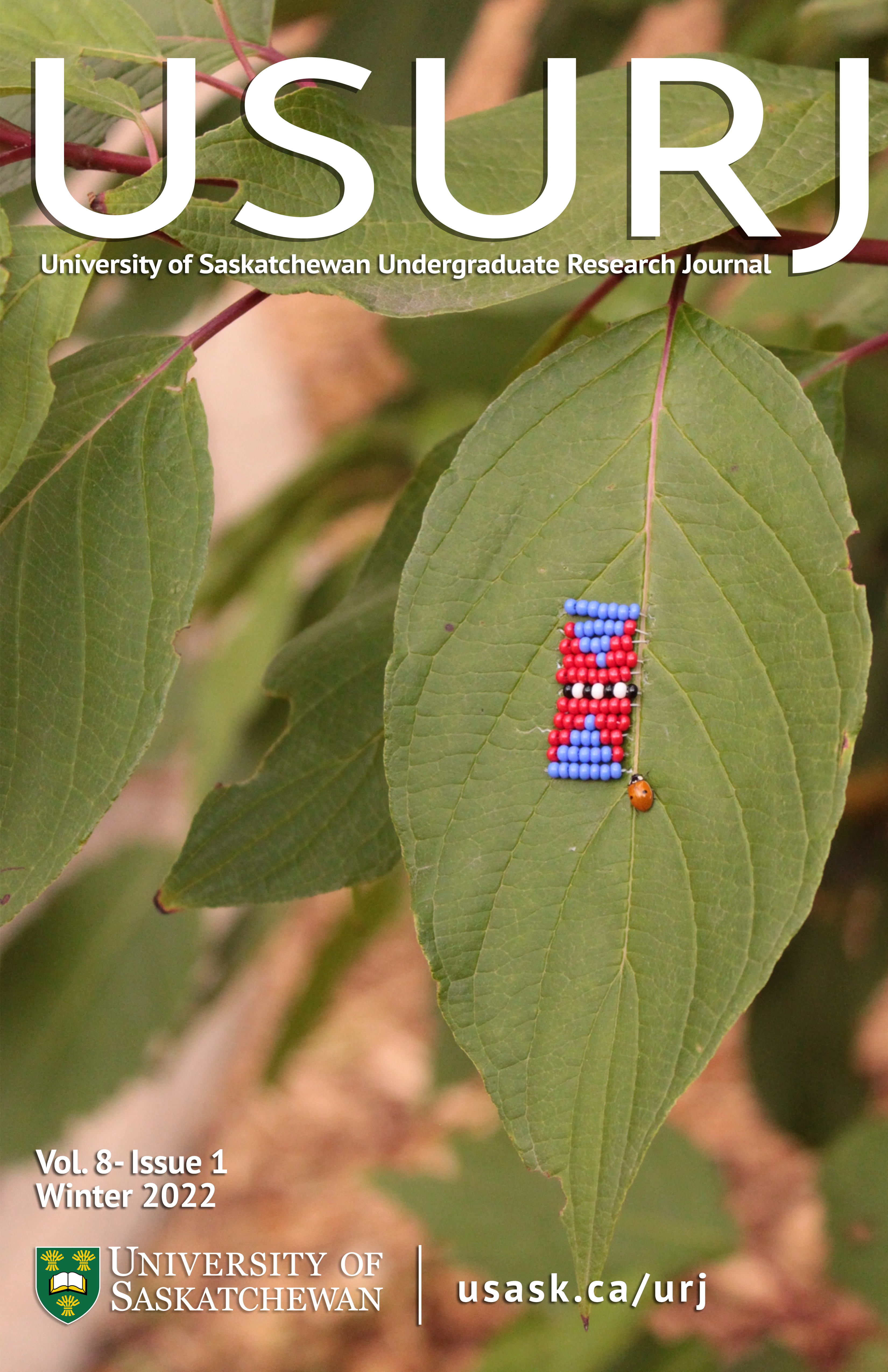Promises Made or Promises Kept? Canada's Challenges In Revitalizing Indigenous Languages
Main Article Content
Abstract
Reverberating effects of the Indian Residential School system's legacy continue to threaten Indigenous languages. In establishing the Truth and Reconciliation Commission (TRC), all levels of Canadian governments and civil society received 94 ‘Calls to Action’ in coming to terms with Canada’s colonial past and rooted inequities. Some of these Calls stress the need to revive and preserve Indigenous languages. Statistics prove the existence of this decline. Government commissions and Indigenous governing bodies warn of the implications of neglecting this unique crisis facing Indigenous communities nationwide. With the introduction of the Indigenous Languages Act in 2016, the federal government appears ready to commit to the TRC’s recommendations on Indigenous language revitalization. However, what this research finds are that Canadian provincial and federal governments have much room for improvement. This paper assesses the details of legislation and compares inconsistencies with promises made and the results of government inaction. Therefore, contrary to Canada’s optimism, the steps it takes to revitalize Indigenous languages are inadequate and require significant rethinking to prove truly effective.
Downloads
Article Details
Section
Articles: USURJ’s current Publication Agreements apply a Creative Commons Attribution-NonCommercial License (CC-BY-NC) by default. The CC BY-NC license lets others remix, tweak, and build upon work non-commercially. The author(s) can choose a different CC license, as outlined in https://creativecommons.org/about/cclicenses/. Please see the PDF for each article to determine what license is applied to that article. Author(s) can also request to reserve all copyright (All Rights Reserved). If there is no indication for articles published before September 2020, assume the author retains all rights beyond those necessary for publication by USURJ. All articles published after September 2020 will apply one of the aforementioned CC licenses. See the Publication Agreement under the Submission Preparation Checklist or Author Guidelines for more information. Artwork: All copyright for the original artwork remains with the artist unless they wish to apply a Creative Commons (CC) license to the artwork. Please see the PDF for each artwork to determine what license is applied to that artwork.
